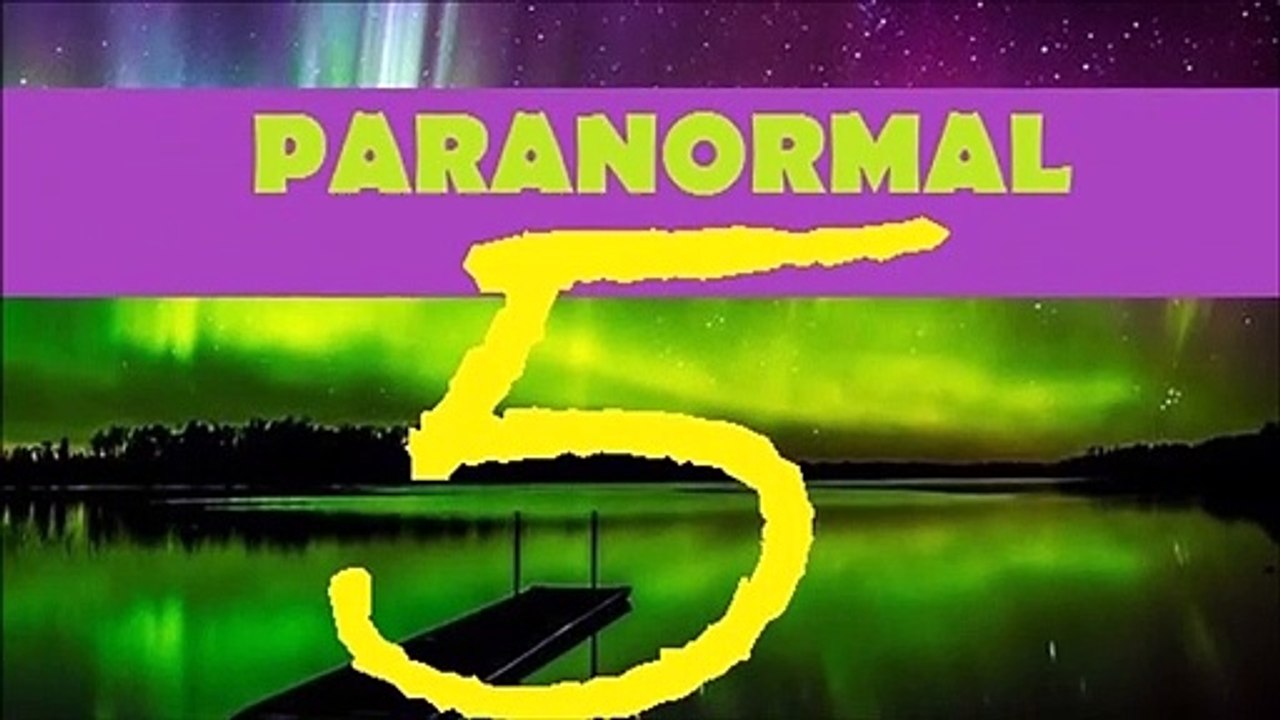Mysteries of the Yeti: The Legendary Snow Monster of the Himalayas 🏔️
Discover the fascinating legends and stories behind the Yeti, the elusive snow monster said to dwell in the Himalayan mountains. Uncover the truth behind this mysterious creature!
TOP 5 Zanimljivosti
2 views • Jun 29, 2019

About this video
The Yeti (/ˈjɛti/)[1] or Abominable Snowman is a folkloric ape-like creature taller than an average human, that is said to inhabit the Himalayan mountains.[1] The names Yeti and Meh-Teh are commonly used by the people indigenous to the region, and are part of their history and mythology. Stories of the Yeti first emerged as a facet of Western popular culture in the 19th century.<br /><br />The scientific community has generally regarded the Yeti as a legend, given the lack of evidence of its existence.[2] In one genetic study, researchers matched DNA from hair samples found in the Himalaya with a prehistoric bear from the Pleistocene epoch.[3]<br /><br />Etymology and alternative names<br /> This article contains Tibetan script. Without proper rendering support, you may see very small fonts, misplaced vowels or missing conjuncts instead of Tibetan characters.<br />The word Yeti is derived from Tibetan: གཡའ་དྲེད་, Wylie: g.ya' dred, ZYPY: Yachê, a compound of the words Tibetan: གཡའ་, Wylie: g.ya', ZYPY: ya "rocky", "rocky place" and (Tibetan: དྲེད་, Wylie: dred, ZYPY: chê) "bear".[4][5][6][7] Pranavananda[4] states that the words "ti", "te" and "teh" are derived from the spoken word 'tre' (spelled "dred"), Tibetan for bear, with the 'r' so softly pronounced as to be almost inaudible, thus making it "te" or "teh".[4][8][9]<br /><br />Other terms used by Himalayan peoples do not translate exactly the same, but refer to legendary and indigenous wildlife:<br /><br />The "Abominable Snowman"<br />The name "Abominable Snowman" was coined in 1921, the same year Lieutenant-Colonel Charles Howard-Bury led the 1921 British Mount Everest reconnaissance expedition[15][16] which he chronicled in Mount Everest The Reconnaissance, 1921.[17] In the book, Howard-Bury includes an account of crossing the Lhakpa La at 21,000 ft (6,400 m) where he found footprints that he believed "were probably caused by a large 'loping' grey wolf, which in the soft snow formed double tracks rather like those of a bare-footed man". He adds that his Sherpa guides "at once volunteered that the tracks must be that of 'The Wild Man of the Snows', to which they gave the name 'metoh-kangmi'".[17] "Metoh" translates as "man-bear" and "Kang-mi" translates as "snowman".[4][6][12][18]<br /><br />Confusion exists between Howard-Bury's recitation of the term "metoh-kangmi"[15][17] and the term used in Bill Tilman's book Mount Everest, 1938[19] where Tilman had used the words "metch", which does not exist in the Tibetan language,[20] and "kangmi" when relating the coining of the term "Abominable Snowman".[6][12][19][21] Further evidence of "metch" being a misnomer is provided by Tibetan language authority Professor David Snellgrove from the School of Oriental and African Studies at the University of London (ca. 1956), who dismissed the word "metch" as impossible, because the consonants "t-c-h" cannot be conjoined in the Tibetan language."[20] Documentation suggests that the term "metch-kangmi" is derived from one source (from the year 1921).[19] It has been su
Video Information
Views
2
Duration
3:46
Published
Jun 29, 2019
Related Trending Topics
LIVE TRENDSRelated trending topics. Click any trend to explore more videos.
Trending Now